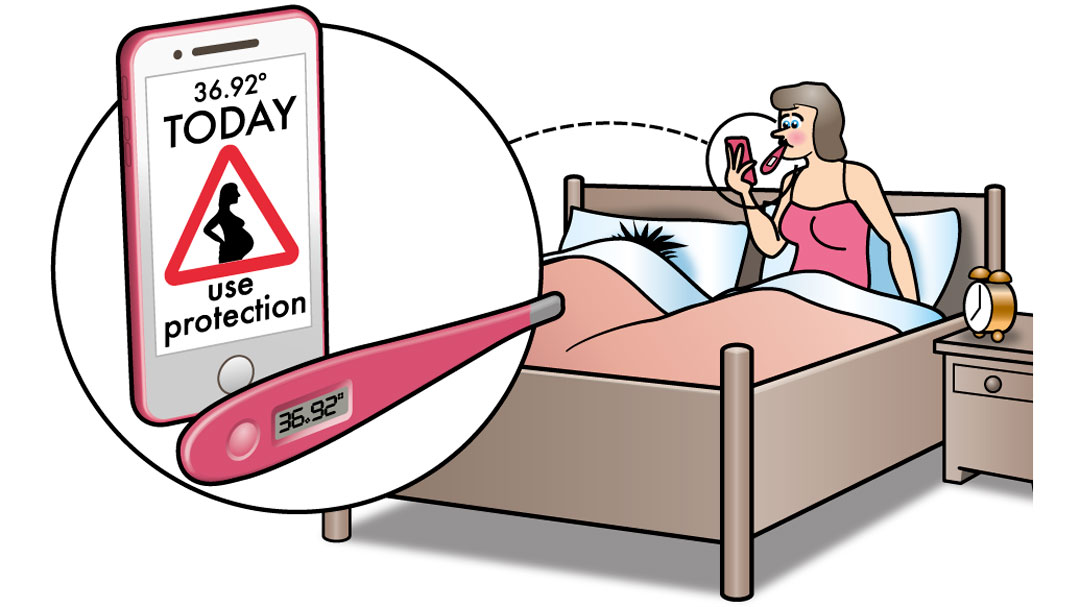Digital contraceptives
- can they get better?

New digital contraceptives have aroused great excitement, from the approval in Europe and the United States, the resurrection in Sweden when several unwanted pregnancies were reported, to the rocket career in the start-up world where the company Natural Cycles, which makes the first approved app, raised 345 million in venture capital.
Digital contraceptives calculate the woman's risk of becoming pregnant based on sensor data and mathematical analysis. For all products, there is the possibility of improvements, in everything from business model, customer relations, to technical solutions, ”says Peter Händel, researcher at KTH, but the most important thing for a contraceptive is after all that unwanted pregnancies are avoided, he continues.
In a recently published scientific article from the Royal Institute of Technology KTH and the University of Oxford it is shown that if the body temperature is measured in the mouth once a day, there is potential for improvement. There seems to be an uncertainty in determining the timing of the woman's ovulation due to the measurement method. By using a more effective measurement method of body temperature, we should be able to get a more reliable digital contraceptive with fewer unwanted pregnancies as a result.
However, from this initial study we have no answers on how the measurement method should be improved, says Peter Händel, and continues, - We also do not know how such an improvement relates to possible improvements, for example using other, measurable information from the human body, or through other types of sensors.
Peter Händel and Johan Wahlström, "Digital contraceptives based on basal body temperature measurements," Biomedical Signal Processing and Control, Volume 52, July 2019, Pages 141-151.
